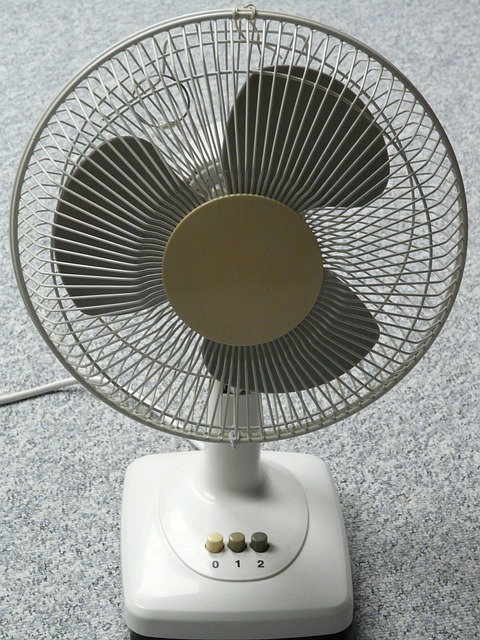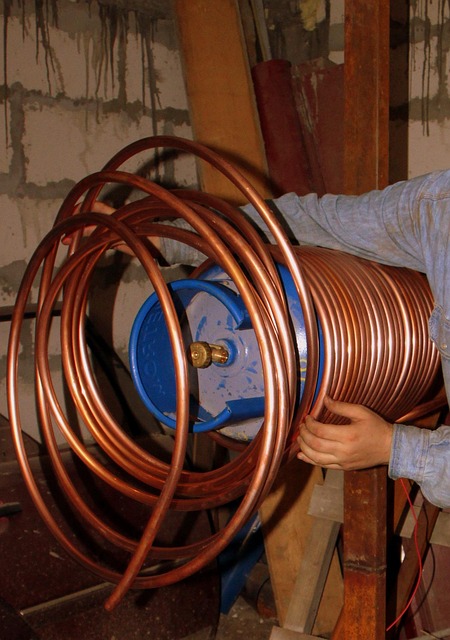Traditional vertical water heater tanks offer a space-saving solution for compact residential areas, maximizing floor area with their vertical design. Both gas and electric models are efficient, fitting in corners or narrow spaces, and freeing up room for other amenities. Installation is straightforward, and regular maintenance ensures longevity, while safety precautions are crucial due to their elevated placement. Water heater tanks provide convenience and flexibility for homeowners with limited real estate.
In many households, floor space is a precious commodity, especially in compact homes or tight areas. Traditional water heater tanks, with their horizontal design, often become cumbersome obstacles. This article explores an innovative solution: vertical water heater tanks. We’ll delve into the benefits of this space-saving option, from optimized layout to improved energy efficiency. Understanding the limitations of conventional tanks and the installation, maintenance, and safety aspects of their vertical counterparts will help you make informed decisions for your home’s plumbing needs.
- Understanding Traditional Water Heater Tanks and Their Limitations in Tight Spaces
- Advantages of Vertical Water Heater Tanks for Space Optimization
- Installation, Maintenance, and Safety Considerations for Vertical Water Heater Tanks
Understanding Traditional Water Heater Tanks and Their Limitations in Tight Spaces

Traditional water heater tanks, often seen in residential settings, are designed with a vertical orientation, occupying significant floor space. While they effectively provide hot water storage and tank capacity for households, their size becomes a limitation in tight areas. These conventional water heater tanks typically require ample room to stand upright, making them less practical for smaller spaces or homes with compact layouts.
In such scenarios, the traditional tank water heating system might not be the most efficient solution due to its space-consuming nature. As a result, homeowners often find themselves compromising on style, functionality, or even the very presence of a dedicated hot water storage system. This prompts the exploration of alternative options like storage water heaters, which offer vertical designs optimized for space, ensuring both convenience and flexibility in even the most constrained residential water tanks environments.
Advantages of Vertical Water Heater Tanks for Space Optimization

Vertical water heater tanks offer a space-saving solution for tight living areas where traditional water heater setups might not fit. Their compact design allows them to be installed vertically, maximizing floor space and minimizing footprint. This is particularly beneficial in smaller homes, apartments, or spaces with limited access to wall mountings.
Compared to standard horizontal hot water storage tanks or tank water heating systems, vertical heaters provide an efficient use of real estate. They can fit into corners or narrow spaces, freeing up room for other essential appliances or amenities. Whether you’re opting for gas tank heaters or electric tank heaters, the vertical design streamlines your plumbing setup while ensuring a reliable source of hot water. This space-efficient approach makes them an attractive option for modern residential water tanks and water storage systems.
Installation, Maintenance, and Safety Considerations for Vertical Water Heater Tanks

The installation process for vertical water heater tanks is relatively straightforward compared to their traditional counterparts. These tanks are designed to fit in narrow spaces, making them ideal for small bathrooms or kitchens. During installation, it’s crucial to ensure proper leveling and secure mounting to prevent tipping. Given their compact size, vertical water heaters often require less plumbing work, minimizing the overall disruption during the setup.
Regular maintenance is key to extending the lifespan of these efficient water storage systems. This includes periodic inspections for any signs of corrosion or leaks. For gas tank heaters, checking the pilot light and ensuring proper ventilation is essential. Electric tank heaters, on the other hand, may require cleaning of the heating element and insulation checks. Given their elevated placement, safety precautions are paramount. Always follow manufacturer guidelines for clearance around the unit to prevent burns or fires. Additionally, regular monitoring of water pressure and temperature ensures optimal hot water storage and distribution throughout your residential water tanks.
Vertical water heater tanks offer a revolutionary solution for optimizing floor space in tight areas. By utilizing vertical real estate, these tanks provide an efficient and compact alternative to traditional models, making them ideal for modern, space-constrained homes and buildings. With their numerous advantages, including reduced footprint, improved accessibility, and enhanced energy efficiency, vertical water heater tanks are a game-changer for optimizing limited spaces without compromising performance.






